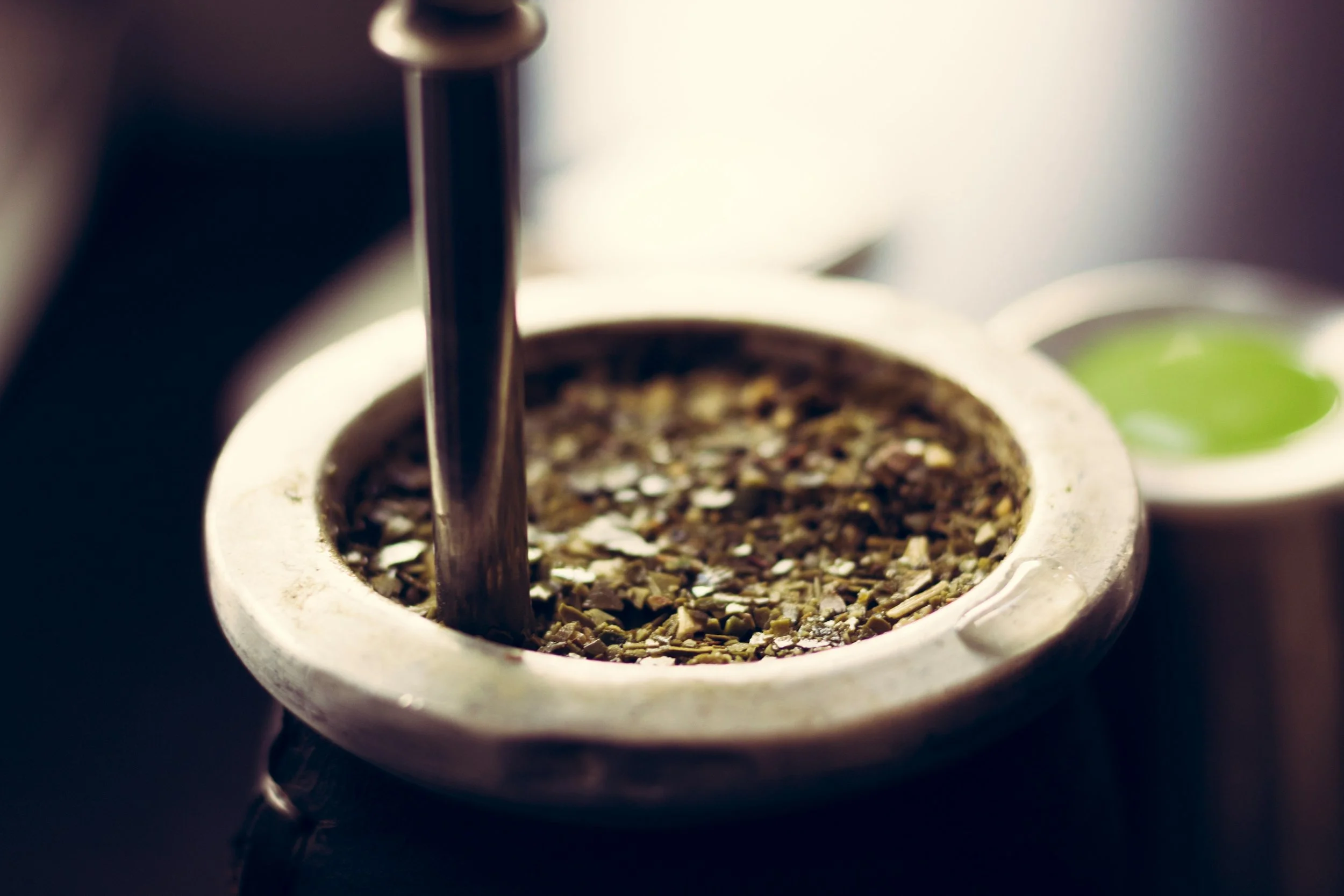The History Of Aromatherapy
The history of aromatherapy is a fascinating timeline that illustrates how humans have used natural oils and plant materials for medicinal, perfuming, and therapeutic purposes throughout history. The use of aromatic and herbal remedies can be traced back to recorded history, with cave paintings dating back 20,000 years depicting the use of herbs and plants. However, when did the practice of aromatherapy as we know it today develop? When did people start using aromatics for therapeutic purposes and learn to distill essential oils to use them as natural medicines? Here is a brief summary of some key events in the history of aromatherapy.
13th-12th century B.C.: Cuneiform tablets from Mesopotamia mention specialized vessels made with coils that resemble Arab stills used centuries later. It's possible that plants were being distilled at this early date.
4000 B.C.: The Ancient Egyptians used natural oils to embalm the deceased and create infused oils for cosmetics and healing balms from resins and plant materials.
3000 B.C.: A clay alembic still was discovered in Cyprus, which produced rosemary, lavender, and other botanical oils. - 2697 B.C.: The Chinese Yellow Emperor Book of Internal Medicine documents the use of aromatic herbs and plants.
In the 7th century B.C., Athens was a prosperous trading center for perfumes, spices, herbs, and unguents. One particularly popular perfume was Megaleion.
1st century C.E.: The Romans imported and used thousands of tons of resins and spices, bathed in scented water, anointed themselves with solid perfumes, oils, and perfumed powders, and used plants medicinally.
1000 C.E.: In Persia, Avicenna developed a sophisticated still using a coiled cooling pipe to distill essential oils, which remained unchanged for centuries.
13th-14th century C.E.: Italy monopolized the Eastern spice trade and used vast quantities of spices to reduce the spread of the plague and other illnesses across Europe.
16th century C.E.: In China, aromatics were used everywhere, and the Chinese Materia Medica Pen Ts'ao was published, discussing nearly 2000 herbs and 20 essential oils.
1910: French chemist Rene-Maurice Gattefossé discovered the healing properties of lavender after being burned in an explosion in his lab and coined the term "aromatherapy" with the publication of his book Aromathérapie in 1937.
1939-1945: During World War II, army surgeon Dr. Jean Valnet used essential oils to treat wounds, burns, and psychiatric problems.
1970s—to today: Research scientists started focusing on the chemistry behind why and how essential oils work, and knowledge of natural health became available to anyone with a passion for learning through books, websites, and education.


